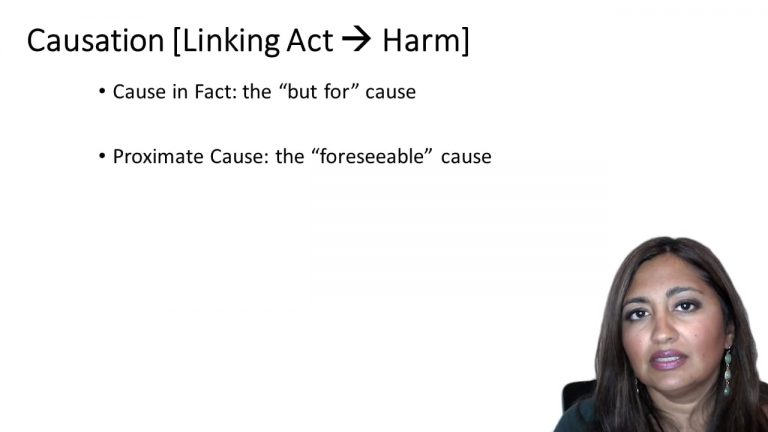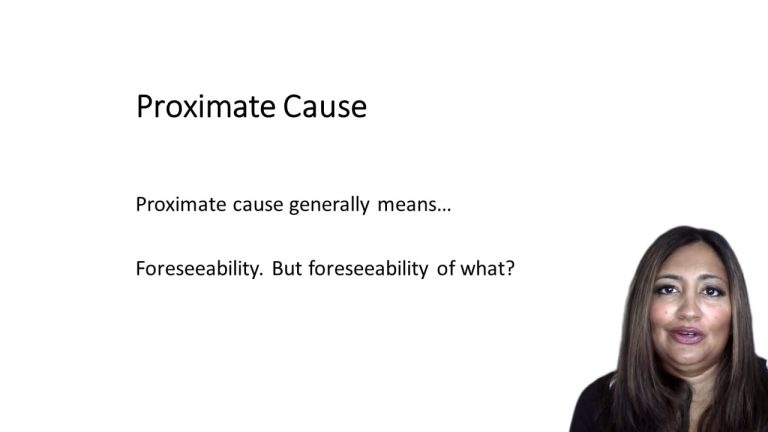SmartBrief
Confirm favorite deletion?
Criminal Law Keyed to Lee
Henderson v. Kibbe
Citation:
431 U.S. 145, 97 S.Ct. 1730, 52 L.Ed.2d 203 (1977)Facts
Kibbe and his co-defendant encountered a drunk man, Stafford, in a bar in Rochester, New York. After seeing that he had at least two $100 bills, they decided to rob him and agreed to drive him to a nearby town. While in the car, Kibbe slapped Stafford several times, took his money, and forced Stafford to lower his pants and remove his boots to search for any concealed funds. They then abandoned Stafford on an unlit, rural road, partially naked and without his coat or glasses.
The temperature was near zero, and visibility was obscured by the snow. Stafford was struck by a speeding pickup truck. The driver testified that he was driving fifty miles per hour in a forty mile zone, and two approaching cars flashed its light – presumably as a warning, which the driver did not understand. The driver did not swerve or break his truck before it hit Stafford. Stafford was pronounced dead upon arrival at the local hospital.
Kibbe and his accomplice were convicted of grand larceny, robbery, and second-degree murder under New York law. Neither party requested that the jury be instructed on the meaning of the statutory requirement that the defendant’s conduct must “thereby cause the death of another person,” and no such instruction was given. Kibbe challenged his conviction for murder, arguing that it was the negligence of the truckdriver, rather than Kibbe’s actions, that caused Stafford’s death, and that Kibbe could not have anticipated the fatal accident.
The Appellate Division of the New York Supreme Court affirmed his conviction. The New York Court of Appeals also affirmed. Kibbe then filed a petition for a writ of habeas corpus in the United States District Court for the Northern District of New York, but was denied. The Court of Appeals for the Second Circuit reversed, and granted his writ due to the trial court’s failure to instruct the jury on an essential element as complex as the causation issue in this case. He is now in the Supreme Court of the United States.
Only StudyBuddy Pro offers the complete Case Brief Anatomy*
Access the most important case brief elements for optimal case understanding.
*Case Brief Anatomy includes: Brief Prologue, Complete Case Brief, Brief Epilogue
- The Brief Prologue provides necessary case brief introductory information and includes:
Topic:
Identifies the topic of law and where this case fits within your course outline.Parties:
Identifies the cast of characters involved in the case.Procedural Posture & History:
Shares the case history with how lower courts have ruled on the matter.Case Key Terms, Acts, Doctrines, etc.:
A case specific Legal Term Dictionary.Case Doctrines, Acts, Statutes, Amendments and Treatises:
Identifies and Defines Legal Authority used in this case.
- The Case Brief is the complete case summarized and authored in the traditional Law School I.R.A.C. format. The Pro case brief includes:
Brief Facts:
A Synopsis of the Facts of the case.Rule of Law:
Identifies the Legal Principle the Court used in deciding the case.Facts:
What are the factual circumstances that gave rise to the civil or criminal case? What is the relationship of the Parties that are involved in the case.Issue(s):
Lists the Questions of Law that are raised by the Facts of the case.Holding:
Shares the Court's answer to the legal questions raised in the issue.Concurring / Dissenting Opinions:
Includes valuable concurring or dissenting opinions and their key points.Reasoning and Analysis:
Identifies the chain of argument(s) which led the judges to rule as they did.
- The Brief Prologue closes the case brief with important forward-looking discussion and includes:
Policy:
Identifies the Policy if any that has been established by the case.Court Direction:
Shares where the Court went from here for this case.
Topic Resources
Topic Videos
 7m 12s
7m 12s 13m 43s
13m 43sTopic Outline
Topic Refresher Course
